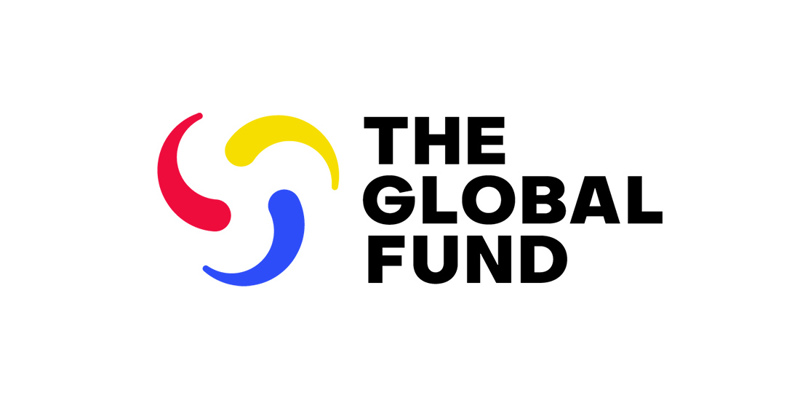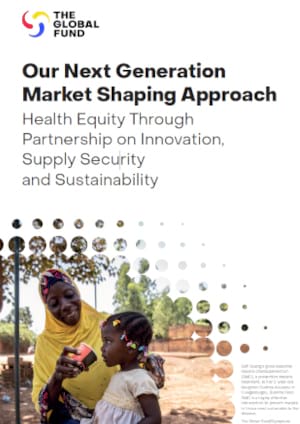Global Fund Board Decides on Transition to New Approach for Funding Grants
15 November 2012
GENEVA – The Board of the Global Fund to Fight AIDS, Tuberculosis and Malaria today voted to start an immediate transition to a new approach to funding grants by investing additional money in health programs that are poised to achieve the quickest impact.
A new funding model is designed to significantly improve the way the Global Fund invests in health programs, with a process that is more predictable and reliable, and also more flexible, so that it can achieve a higher success rate in all grants and more effectively save the lives of people affected by the three diseases.
The framework for the new funding model was adopted by the Board in September. Today, the Board decided on additional aspects, including a transition to the new funding model starting in 2013.
Special consideration will be given to countries applying with programs that are, among other things, underfunded over the 2013-2014 period or at risk of service interruptions, as well as programs in a position to achieve rapid impact.
“The Global Fund has taken a big step forward in implementing the new funding model,” said Simon Bland, Chair of the Board of the Global Fund. “This new funding model will make our grants even more effective and capable of achieving real impact.”
Now, the new funding model will change the way implementers apply for financing, get approval of their proposals and then manage their grants. Once fully developed, it will encourage the development of robust national strategic plans in each country, and strive for more simplicity and efficiency.
The new system will rely on country dialogue to inform a process that leads to submitting a concept note, as well as early feedback from the Global Fund, other donors and technical experts on how the proposal may need adjusting before moving forward. That is expected to reduce waiting times, and to improve the overall success rate of applications.
Another important change will be more flexible timing for grant applications: instead of having to apply at one set time, implementers will be able to better align the submission of grant proposals with their own national planning cycles.
Under the new approach, countries will be grouped in bands, which will enable the Board to ensure focus is placed on countries with the highest disease burden and the least ability to pay, among other factors.
Funds will be allocated to each band, and then shared out in a way that identifies a range of funding for each country. In addition, the Board decided that a portion of funds would be used to provide incentives for ambitious requests based on specific investment cases and national strategies.
Country Coordinating Mechanisms will continue to be responsible in each country for submitting applications and overseeing grants. Each Country Coordinating Mechanism will engage with all stakeholders, including civil society, to develop robust applications to the Global Fund.
The new funding model will replace the rounds-based system, which was highly successful in the first years after the Global Fund was established in 2002 in spurring partnerships across sectors in many countries to identify and quantify their own needs in preventing and treating AIDS, TB and malaria.
However, the international financial crisis accelerated concerns that the Global Fund needed to invest for impact, and move away from a relatively passive role in shaping demand. The Board decided to make changes to ensure that it directs the organization’s investments toward those people most in need, and toward those interventions that can help the most people.
The new funding model heralds a new approach of investing strategically and is a major step in the implementation of the Global Fund Strategy 2012-2016, Investing for Impact.







